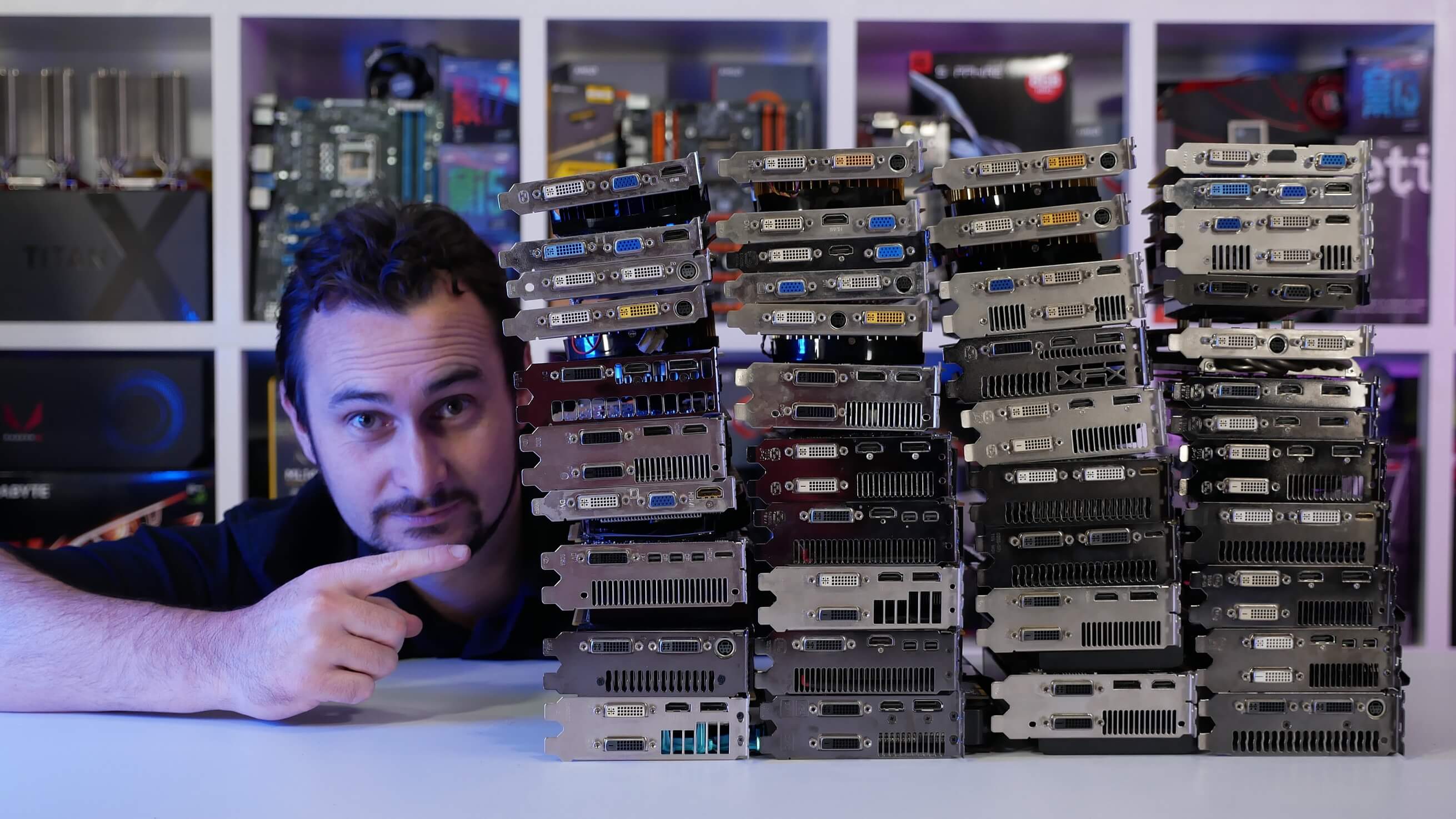Very nice article. But one thing missing is power consumption, last time I did some research, power hungry nature of old gen AMD cards wiped out any potential savings you got buying them cheaper over Nvidia. I wonder if the same could be true with buying used, especially really older stuff.
That's going to depend heavily on how much your local electrical company charges you, how much the power draw difference is, & how long you actually game with the card.
Take the R9 280X (apparently $340 USD) & the GTX 980 (apparently $547). Not counting the other charges on my monthly bill (both fixed & variable), I pay $0.0739 USD per kWh. The difference between those 2 cards is $207 USD, so I would have to use just over 2,801
extra kWh of energy before the R9 280X catches up in price to the GTX 980. TDP is 165W for the GTX, 250W for the R9, for a difference of 85W. 2,801kWh = 2,801,000Wh; 2,801,000Wh / 85W = 32,953
hours of gaming before the "extra" price of electricity makes the R9 280X as expensive as the GTX 980. Note that this would be nearly 4
years of gaming, assuming the PC was gaming 24/7. Even at most, I've only maybe gamed 5 or 6 hours at a time (and that's far from an everyday occurrence, but for the sake of argument I'll use that), so it would take me
15 years before the extra electricity reaches that threshold. My actual average per-day gameplay is maybe 1 hour tops, so that bumps it up to 90 years...at which point if I'm not dead I'm doing a great impression of a Lich.
And yes, I know I mentioned "variable" costs on the bill. The bill itemizes the charges, & there are some charges that seem to fluctuate from month to month. They're probably based on the actual electricity used (my own, all customers, or maybe a combo)...but the differences are so slight, & in total maybe reach only 10% of the actual electrical charges, that they aren't going to affect these numbers that much.
So, maybe if someone has super-expensive electricity -- on the order of $1.00 USD per kWh or higher -- they might have to worry about AMD cards being more power-hungry than nVidia cards. But that's not going to be that common.
